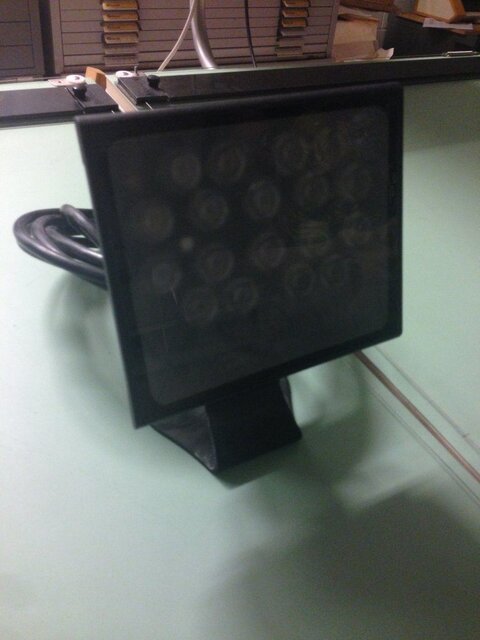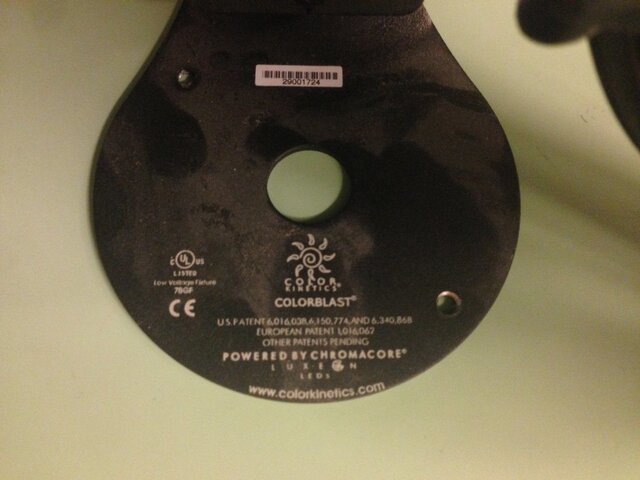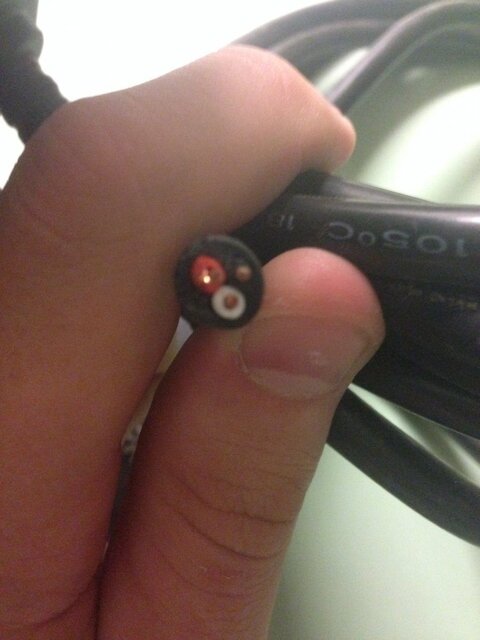Heyo, My name is Logan and I am a senior at my highschool. I also happen to be my stage's Lighting Kid. I work with source 4's and fresnels mainly. We also have some colorbars, scoops, and intelligent lights i get to play with.
Any how, we recently got some LED lights donated from a teacher whose father was renovating a building and got some lights that were gonna be trash.
I found out that they are Colorblast 6's from the markings http://www.colorkinetics.com/ls/rgb/colorblast6/
I am trying to get some use out of them and i am sorta lost. All their wires are cut, so i have to re wire what ever connector. I dont think i can make them stage pin, i don't know the reason specifically i just know i cant. I got info that they need an amplifier, but i cant get the amplifier because it is in the building's roof and wont be able to come out for a few months. So anyone who can help clear up some info on these bad boys would be awesome.
I uploaded some pictures of what they look like, and i am researching the websites product info at tho moment.
Any how, we recently got some LED lights donated from a teacher whose father was renovating a building and got some lights that were gonna be trash.
I found out that they are Colorblast 6's from the markings http://www.colorkinetics.com/ls/rgb/colorblast6/
I am trying to get some use out of them and i am sorta lost. All their wires are cut, so i have to re wire what ever connector. I dont think i can make them stage pin, i don't know the reason specifically i just know i cant. I got info that they need an amplifier, but i cant get the amplifier because it is in the building's roof and wont be able to come out for a few months. So anyone who can help clear up some info on these bad boys would be awesome.
I uploaded some pictures of what they look like, and i am researching the websites product info at tho moment.





